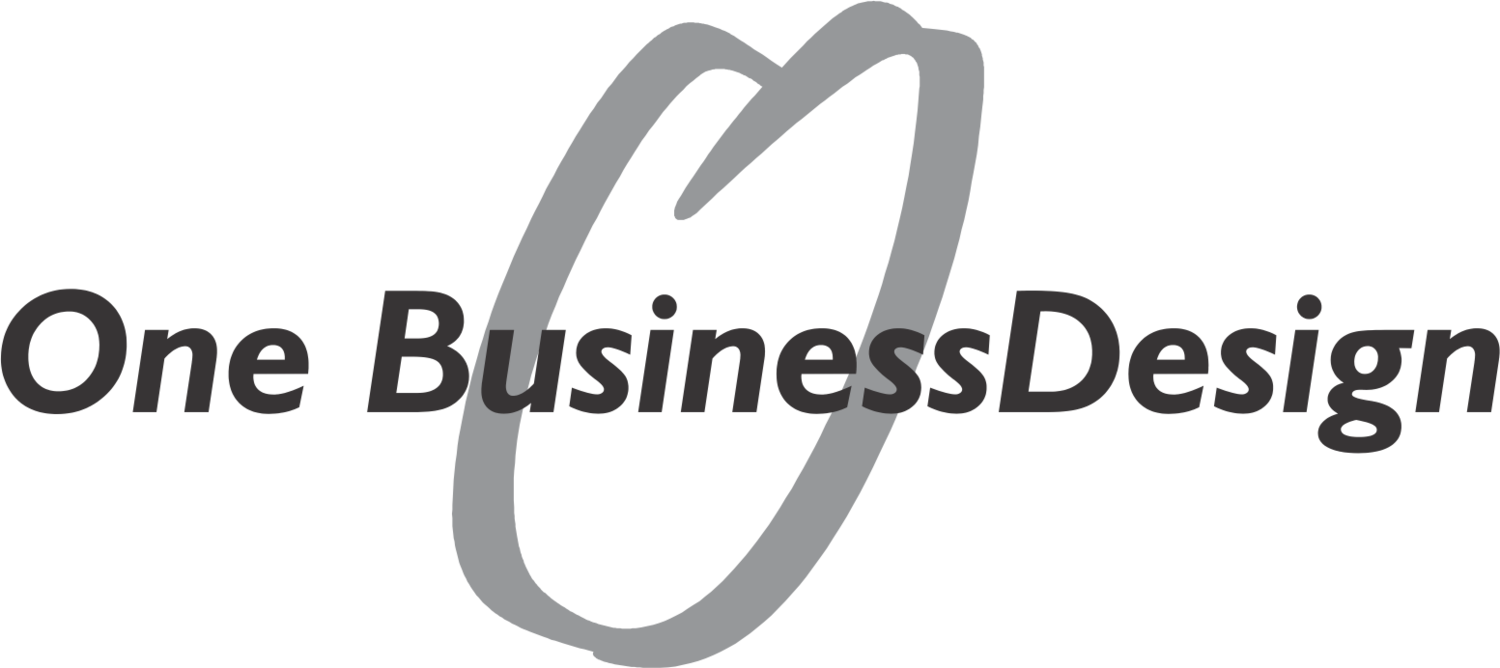Last year I overheard a Project Management Institute webinar on the problems that project managers encounter. Not that this is usually on my playlist, it is because my domestic partner, was listening to a string of these types webinars to keep her certification up to date. At the time I thought about some of the Design Thinking (DT) workshops I was holding and how they solved some of the problems I heard mentioned in the webinar.
First I did some searches into top problems project managers have. I also recently saw a great article, fusing DT tools into project management - 8 Ways a Mind Map Can Declutter Your Project Management http://uk.pcmag.com/word-2007-map-editor-for-mindjet-mindmanager/71616/feature/8-ways-a-mind-map-can-declutter-your-project-management . Hurrah for tools but let us dig into the strategy behind bringing these two worlds together.
Project management is typically a convergent process to move from a set of specifications to a final “product” on time and on budget. DT starts with divergence and while it should have a convergent aspect it normally shines a light on the unknowns that need further study. In my past I have found the “list of unknowns” to not be a great place for project managers to begin their process. So while DT tools may be used in the act of this convergence I really feel that DT should be a Phase 0 activity, before the traditional forms of project management begin. This Phase 0 can be managed for time and budget but the goal is to decide whether the “project” has a) has properly framed the problem, b) developed valuable potential solutions to the problem, c) have received a multi-disciplinary review and d) has a well-founded list of knowns and unknowns in order to gauge whether the project should begin or not.
There is nothing unusual about a Phase 0. It is prescribed by the FDA in the development of medical devices, as a point where feasibility, viability, usability and protectability are all reviewed to make sure the device has a reason for being. This phase is called Predevelopment. Would this not make sense with any business or policy endeavor?
Next, I looked at many articles about top problems for project managers and settled on this one - Top 10 Project Management Challenges from http://www.villanovau.com/resources/project-management/top-10-challenges/#.VaKffPnxXlM . In this article the following list of top problems are discussed:
1. Undefined Goals
2. Scope Changes
3. Inadequate Skills for the Project
4. Lack of Accountability
5. Improper Risk Management
6. Ambiguous Contingency Plans
7. Poor Communication
8. Impossible Deadlines
9. Resource Deprivation
10. Lack of Stakeholder Engagement
While I would love to tell project managers that DT could solve all of their problems, I know this is not true. So I will concentrate as to how a Phase 0 DT component would help with the following bold problems:
1. Undefined Goals
2. Scope Changes
3. Inadequate Skills for the Project
4. Lack of Accountability
5. Improper Risk Management
6. Ambiguous Contingency Plans
7. Poor Communication
8. Impossible Deadlines
9. Resource Deprivation
10. Lack of Stakeholder Engagement
The problem starts on Day One.
Let us start with the problem. Usually a kick off meeting is set up by a specific group within an organization who has done some research and comes to the group with a problem, or need, immediately followed by a solution. Usually the rest of the participants are coming to the meeting “cold” and after the presentation are asked “Any questions?” The participants are usually not given a chance to process the complexities nor requirements for producing the solution.
Their thoughts are usually:
a) We will figure this out by the time it gets to us.
b) It will probably change or go away before it comes to us.
In the above scenario, the requester of the project is getting neither the benefit of a collaborative consideration of the problem and its solution nor serious thoughts as to potential issues that might derail the project as it moves forward.
How can Phase 0 help using Design Thinking methods?
First I propose we call Phase 0, Rapid Collaborative Project Simulation, or RCPS for short. The purpose is to take a problem/need and quickly run through a simulation of the project with all parties that will be involved. Instead of listening to what the project will be, participants will be actively involved in building the project. They will have a chance to think through potential stumbling blocks and search for solutions.
Rapid – Should be one half to one day maximum.
Collaborative – Representatives of all parties involved from start to finish.
Project – The project to be done after this meeting.
Simulation – Active participation in looking at the project from start to finish.
How does Design Thinking fit?
First, User Research augments the other research done before the meeting and is presented to the group to get them to center on who they are creating a solution for. Second, Idea Generation techniques are employed to get a well-rounded view of potential solutions based on the different backgrounds and thought patterns of the collaborative group. Visualization tools help the group modify and process the complexity of the entire project duration and see previously unknown issues with the project. The whole process is a Prototyping exercise, prototyping the project.



